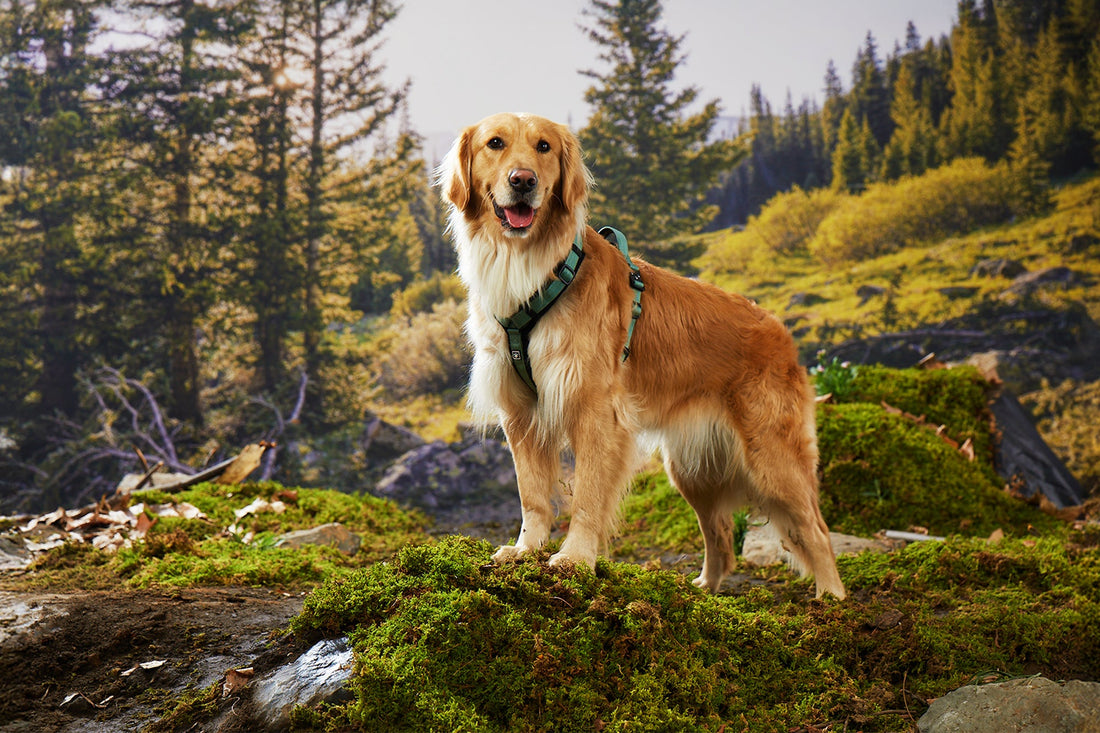
How to Choose Dog-Friendly Trails and Prepare for the Journey
Every adventure with your dog is a shared story—one filled with sights, scents, and the quiet understanding that you're discovering the world together. But not every trail is built for paws. Choosing the right route isn’t just about distance or views—it’s about safety, compatibility, and creating a positive experience for both of you.
Here’s how to find dog-friendly trails and prepare properly so that your adventures are safe, joyful, and unforgettable.
🐾 1. Look for Officially Dog-Friendly Trails
Not all parks or hiking trails welcome dogs, and even some that do may have strict leash rules or access limitations. Always check ahead.
What to look for:
-
Trails marked as "dog-friendly" by local parks or trail apps
-
Rules about leash use, waste disposal, and off-limit areas
-
Availability of shade, water access, and safe footing
Pro tip: Apps like AllTrails and Gaia GPS often have filters for pet-friendly routes and user reviews from other dog owners.
🧭 2. Match the Trail to Your Dog’s Physical Condition
Just like humans, dogs have different fitness levels, stamina, and age-related needs. A spry young shepherd may love a steep climb, while a senior pug might be better suited for flat woodland paths.
Ask yourself:
-
Is your dog used to long walks or new to hiking?
-
Are they prone to overheating or joint pain?
-
How far can they realistically walk without exhaustion?
Start small. Build up gradually. Let your dog set the pace.
⛰ 3. Evaluate Terrain and Footing
Rocky, sharp, or unstable terrain can hurt your dog’s paw pads or cause slips and injuries. Muddy or icy trails may also be too risky, depending on your dog’s coordination and size.
Best surfaces: packed dirt, grass, boardwalks, sand (when cool)
Avoid: loose gravel, sharp shale, overly steep slopes, hot pavement
If in doubt, walk a small portion of the trail first and watch how your dog navigates it.
🌦 4. Weather Can Make or Break the Day
Even if the trail is perfect, the weather might not be. Dogs can’t regulate body temperature like we do. Humidity, direct sun, and cold wind all affect them more than we sometimes realize.
In hot weather:
-
Hike early morning or late afternoon
-
Take breaks often, carry water
-
Check ground temperature with your hand
In cold weather:
-
Keep hikes short
-
Watch for shivering or paw lifting
-
Dry off thoroughly post-hike
🦮 5. Train Trail Manners Before You Go
Trails are shared spaces. Good trail etiquette keeps everyone safe—your dog, other hikers, wildlife, and you.
Teach your dog to:
-
Walk calmly on a leash (or stay close when off-leash in permitted areas)
-
Not bark at or lunge toward strangers or animals
-
Respond reliably to recall cues
This isn’t just about obedience—it’s about respecting the shared space and keeping your dog out of danger.
🧡 The Trail Is About Connection, Not Distance
The most rewarding part of hiking with your dog isn't how far you go—it's how present you are. It’s about watching them light up at new smells, leap over a log, or glance back at you with tail-wagging joy.
Choosing the right trail and preparing thoughtfully helps build trust. It says to your dog: “You matter. I see your needs. I’m here with you.”
So pick your path with care, pack with love, and walk it together, one paw and one foot at a time.